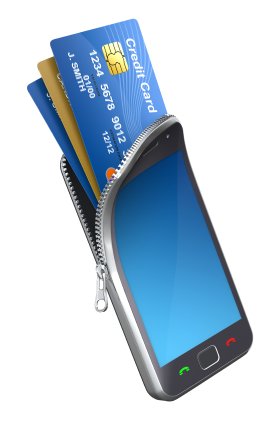 UX design, or ‘User Experience’ design, may very well be the fundamental key that’s been stopping mobile commerce from truly taking the world by storm. While a few adventurous retailers have embraced the mobile commerce market, m-commerce as it is known accounts for only 16% of all e-commerce transactions, though that number is poised to rise. eMarketer, a leading market research analysis firm, recently revised its estimates of the sector’s 2013 sales volume upwards, to well in excess of $41 billion -- in the United States alone.
UX design, or ‘User Experience’ design, may very well be the fundamental key that’s been stopping mobile commerce from truly taking the world by storm. While a few adventurous retailers have embraced the mobile commerce market, m-commerce as it is known accounts for only 16% of all e-commerce transactions, though that number is poised to rise. eMarketer, a leading market research analysis firm, recently revised its estimates of the sector’s 2013 sales volume upwards, to well in excess of $41 billion -- in the United States alone. Outsmart your competitors
with visibility across your market
Are you a retailer or brand?
Competitor Monitor helps you stay ahead by constantly monitoring and analysing competitor products, prices & customer reviews.